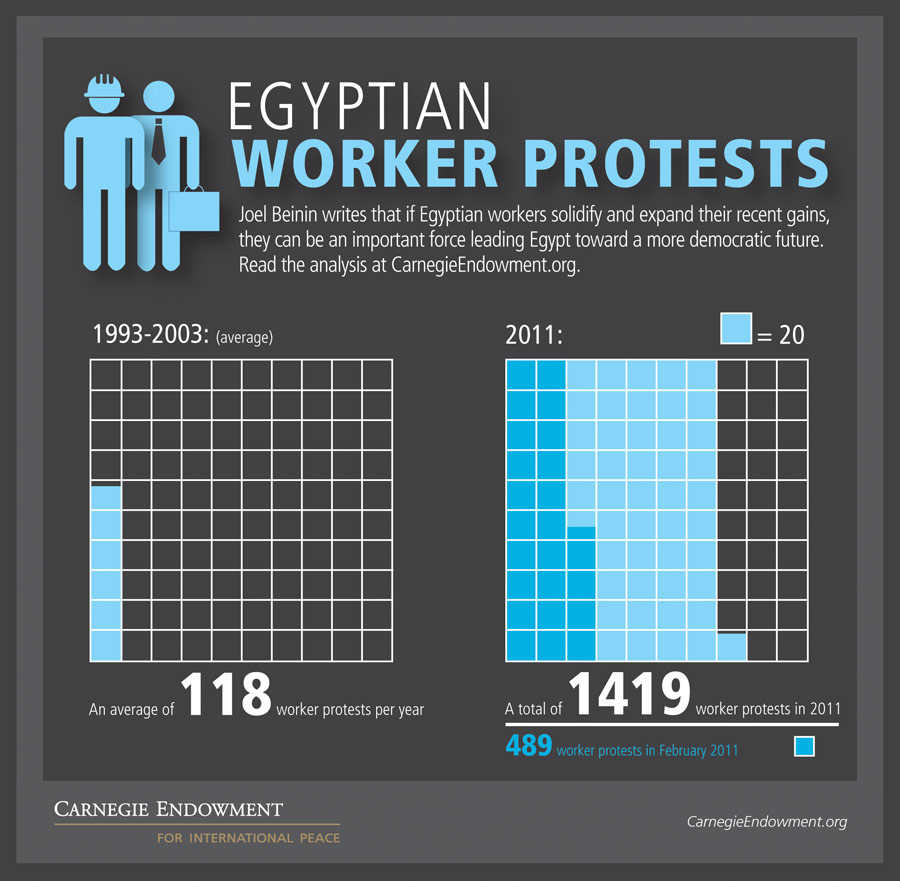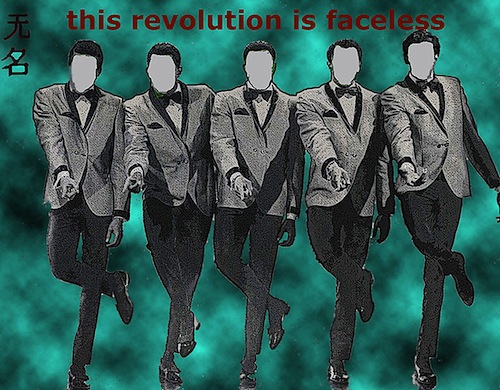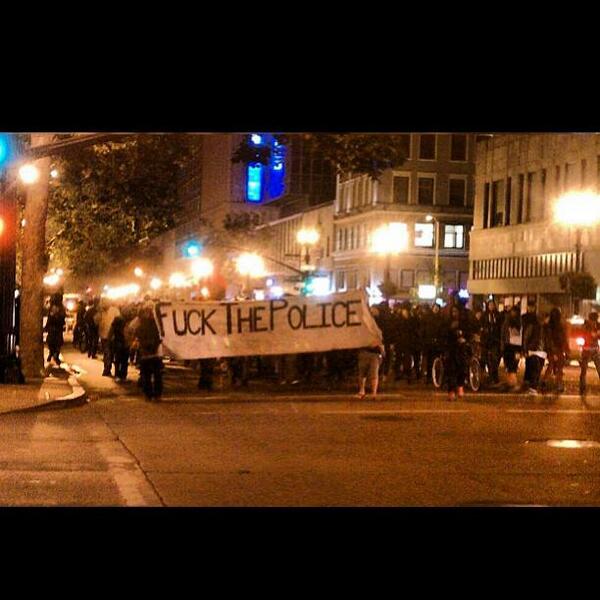
Ανάλυση σχετικά με τη σύνθεση των διαφόρων συνδικάτων και τη θέση που παίρνουν σχετικά με τις πολιτικές εξελίξεις, αναδημοσίευση από Mada Masr
EFITU President Kamal Abu Attiya wrote that “workers who were champions of the strike under the previous regime should now become champions of production.”
Syndicates, unions divided over Morsi’s ouster
Since the events of June 30, divisive fault lines have emerged within the country’s trade unions and professional syndicates, with leading members of these associations taking sides with the new ruling elites or former President Mohamed Morsi’s ousted regime.
Unions and syndicates have been brought to the forefront of this ongoing conflict, as their leadership, loyalties and politics all come under question.
On July 2, a call for a general strike against the Morsi regime issued by the Egyptian Federation of Independent Trade Unions (EFITU) failed to materialize. EFITU’s presidency has since expressed support for the new ruling elites, endorsed by the military council.
On the other hand, prior to and since Morsi’s ouster on July 3, a number of syndicates have moved to show their support for the Islamist president.
Before Morsi’s ascent to power, the Muslim Brotherhood had a negligible presence within Egypt’s blue-collar labor unions, but was tremendously influential within the white-collar professional syndicates. The Brotherhood has historically maintained a strong presence in the Doctors, Dentists, Pharmacists, Veterinarians, Lawyers, Engineers and Teachers Syndicates, winning elections in many of these associations and controlling their boards.
Now, having lost control of the executive and legislative branches of the state, the Brotherhood is resorting to its historic base of power, and, perhaps, their last remaining political refuge — the professional syndicates.
According to Amr al-Shoura of the independent Doctors Without Rights group, the Federation of Professional Syndicates — consisting of some 18 associations — “and especially the Doctors and Pharmacists Syndicates have been and still are actively mobilizing their forces against the June 30 movement, and in support of Morsi.”
Shoura pointed to the bloody events of July 8, where more than 50 pro-Morsi protesters were shot dead by military forces and hundreds of others were injured outside the Republican Guard headquarters, where the ousted president was reportedly being detained.
The following day, a press conference was held at the Doctors Syndicate, where members of the Brotherhood-controlled Doctors for Egypt group announced the formation of a fact finding committee to investigate what it called a “massacre.”
According to Brotherhood sources, at least 85 protesters were shot dead in the incident and more than 1,000 were injured — nearly all of whom were Morsi supporters. According to the Republican Guards and Ministry of Health, though, only 52 were killed and over 200 injured in the incident, including both security forces and protesters.
Independent investigations conducted by the Doctors Without Rights group suggest that “the actual number of casualties may be somewhere between the figures issued by both the Brotherhood and the Ministry of Health. The number of fatalities could be subject to increase,” Shoura says.
He adds that both sides of the conflict were involved in deliberate misinformation campaigns.
“Brotherhood members screened photos and videos during their press conference at the syndicate in which they claimed that women and minors were killed in these clashes. This has proven to be misleading and untrue,” asserts Shoura. Images of dead women and children from the Syrian civil war were allegedly used as Brotherhood propaganda claiming that they were killed by Egyptian security forces.
On the other hand, a media blackout appears to have been imposed on many hospitals who received casualties from these clashes.
“While we strongly denounce the violence and bloodshed, we are wary of the politicized news and statistics coming from both the Brotherhood side and the army’s side,” Shoura adds.
The Doctors Syndicate has announced that it would provide LE5,000 to the families of each of those “martyred” by the Republican Guards.
According to Brotherhood member Abdallah al-Keryoni, the Republican Guards clashes necessitated an intervention by the syndicate.
“Two doctors were shot dead by Republican Guards, another nine were injured after having been shot with live ammunition, and several other doctors were arrested during these events,” he alleges.
“The function of the Doctors Syndicate is to support physicians and to stand up for their human rights. The syndicate is supposed to engage itself in political issues pertaining to health care and doctors’ rights nationwide,” Keryoni says.
Continue reading →




